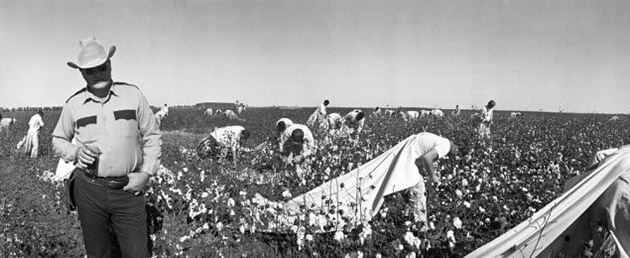 | ||
A prison farm is a large correctional facility where penal labor convicts are put to economical use in a farm (in the wide sense of a productive unit), usually for manual labor, largely in open air, such as in agriculture, logging, quarrying, and mining. The concepts of prison farm and labor camp overlap. The historical equivalent on a very large scale was called a penal colony.
Contents
The agricultural goods produced by prison farms are generally used primarily to feed the prisoners themselves and other wards of the state (residents of orphanages, asylums, etc.), and secondarily, to be sold for whatever profit the state may be able to obtain.
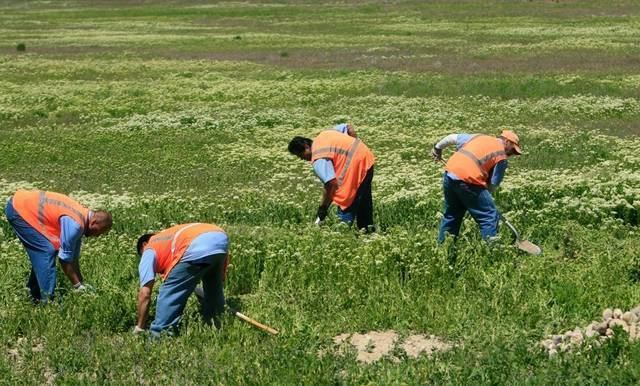
In addition to being forced to labor directly for the government on a prison farm or in a penal colony, inmates may be forced to do farm work for private enterprises by being farmed out through the practice of convict leasing to work on private agricultural lands or related industries (fishing, lumbering, etc.). The party purchasing their labor from the government generally does so at a steep discount from the cost of free labor.
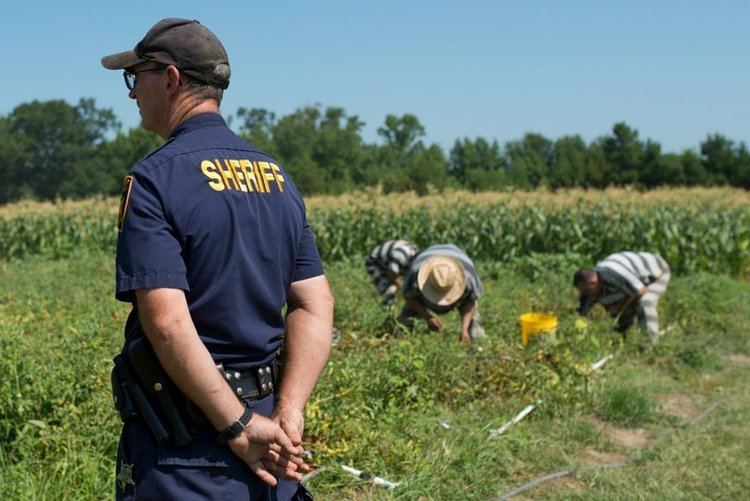
Depending on the prevailing doctrine on judicial punishment and penal harm, psychological and/or physical cruelty may be a conscious intent of prison farm labor, and not just an inevitable but unintended collateral effect.
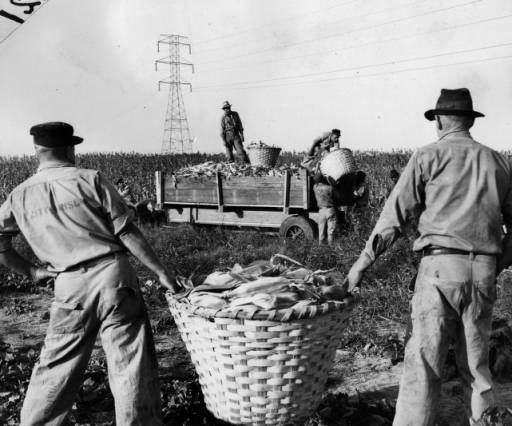
Louisiana State Penitentiary is the largest prison farm covering 18000 acres, and is surrounded by three sides of the Mississippi River
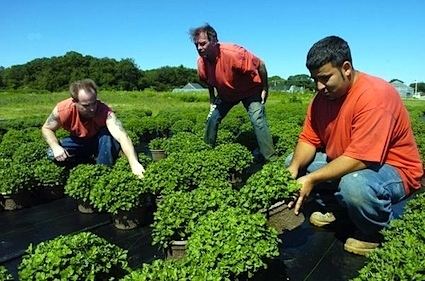
Prison farm
Other prison industries
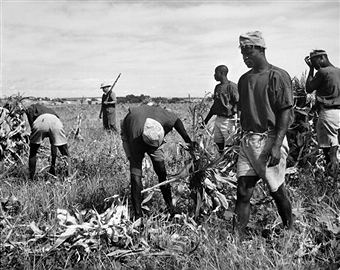
Convicts may also be leased for non-agricultural work, either directly to state entities, or to private industry. For example, prisoners may make license plates under contract to the state Department of Motor Vehicles, work in textile or other state run factories, or may perform data processing for outside firms. These laborers are typically considered to be a part of prison industries and not prison farms.
Legal framework
The 13th Amendment to the United States Constitution, which ended slavery, specifically perpetuated the concept of penal servitude – i.e., unfree labor as a punishment for a crime.
Britain had a long history of penal servitude even prior to the passage of the Penal Servitude Act of 1853, and routinely used convict labor to settle its conquests, either through penal colonies or by selling convicts to settlers to serve as slaves for a term of years as indentured servants.
Scope
This type of penal institution has mainly been implanted in rural regions of vast countries. For example, the following passage describes the prison system of the U.S. state of Virginia in the early twentieth century:
"The state prison is at Raleigh, although most of the convicts are distributed upon farms owned and operated by the state. The lease system does not prevail, but the farming out of convict labor is permitted by the constitution; such labor is used chiefly for the building of railways, the convicts so employed being at all times cared for and guarded by state officials. A reformatory for white youth between the ages of seven and sixteen, under the name of the Stonewall Jackson Manual Training and Industrial School, was opened at Concord in 1909, and in March 1909 the Foulk Reformatory and Manual Training School for negro youth was provided for. Charitable and penal institutions are under the supervision of a Board of Public Charities, appointed by the governor for a period of six years, the terms of the different members expiring in different years. Private institutions for the care of the insane, idiots, feeble-minded and inebriates may be established, but must be licensed and regulated by the state board and become legally a part of the system of public charities."
In 21st-century Illinois, several prisons continue to run farms to produce food for wards of the state, including the prisoners themselves. The 1911 Britannica also reported that the state of Rhode Island had a farm of 667 acres (2.70 km2) in the southern part of Cranston City housing (and presumably taking labor from):
"the state prison, the Providence county jail, the state workhouse and the house of correction, the state almshouse, the state hospital for the insane, the Sockanosset school for boys, and the Oaklawn school for girls, the last two being departments of the state reform school."
There are prison farms in other countries. Canada has six prison farms, where 300 inmates do everything from tending pigs to milking cows.
In fiction
Films featuring prison farms and forced prison labor:
